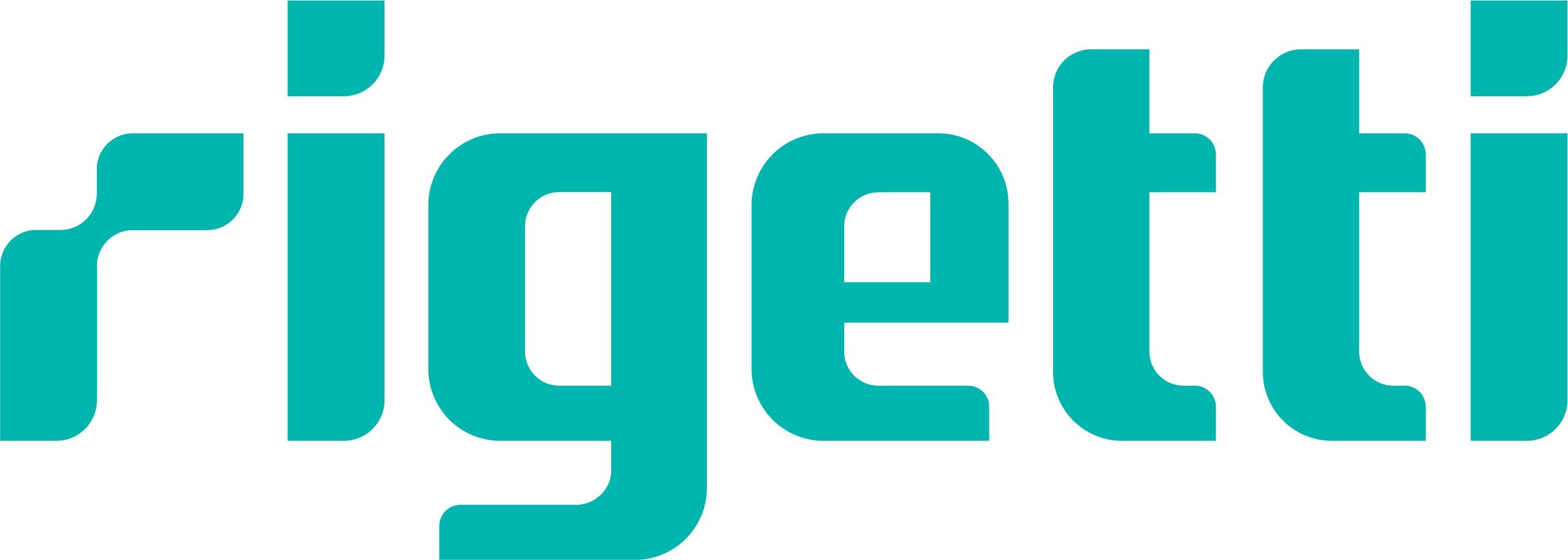The fascinating world of quantum computing continues to push the frontiers of technology, promising transformational changes across multiple industries. In recent developments, groundbreaking research from collaboration between QphoX, Rigetti, and Qblox has taken center stage. Their latest study, published in Nature Physics, introduces an innovative optical readout technique for superconducting qubits, advancing the field of quantum computing. This integrative research highlights significant progress in making quantum computers more reliable and practical.
What Are Superconducting Qubits?
Superconducting qubits are essential components in quantum computing, leveraging the principles of superconductivity to perform computations. These qubits are fabricated from superconducting materials and operate at cryogenic temperatures. The cold temperatures reduce resistance and allow quantum phenomena like superposition and entanglement to occur, essential for quantum computing. The promise of quantum computing lies in its potential to solve complex problems much faster than classical computers.
Innovative Optical Readout Technique
The research spearheaded by QphoX, Rigetti, and Qblox introduces an optical readout approach that represents a pivotal step forward in the domain of superconducting qubits. Traditional readout techniques in superconducting quantum circuits rely on microwave signals, which, while effective, present limitations in scalability and interfacing with other photonic technologies. Optical readout, in contrast, utilizes light—a method that offers potential improvements in these areas.
By using optical readout, the team addresses several scalability issues inherent in microwave systems, such as the limitations of cabling and the difficulty of integrating with other quantum technologies. This methodology allows for easier interconnection between quantum processors and optical communication systems, paving the way for more extensive and practical quantum networks.
Significance of This Breakthrough
The ability to read the state of a qubit with a high degree of accuracy and minimal disturbance is crucial for reliable quantum computations. Optical readout provides a clear path towards improving these aspects. Notably, this approach enhances the ability to interface quantum processors with photonic systems, which are integral for quantum communication and establishing large-scale, distributed quantum computing systems.
This breakthrough holds the potential to revolutionize the way quantum computers are integrated with current technology infrastructure. By bridging superconducting qubits with optical networks, systems may benefit from increased data transfer rates and reliability, ultimately moving closer to viable commercial applications of quantum computing. The seamless interfacing provided by optical readout could be the missing link in achieving broader quantum innovation.
Potential Implications for the Quantum Computing Industry
The implications of this research are profound for the quantum computing industry. The new technique not only optimizes existing quantum technologies but also opens up fresh avenues for research and collaboration across disciplines. Implementing optical readout could help bridge gaps between quantum computing and other sectors, such as telecommunications and cybersecurity, potentially leading to a new era of technological synergy.
Furthermore, this development might accelerate the advancement of quantum networks, enabling secure and efficient quantum communication on a global scale. As quantum computing continues to evolve, innovations like these play a vital role in overcoming current obstacles, such as coherence times and error rates, which are critical factors in practical quantum computations.
Collaboration and Future Directions
The collaboration between QphoX, Rigetti, and Qblox demonstrates the power of combining expertise across various sectors of quantum technology. By pooling resources and knowledge, these organizations have unravelled complex challenges, exemplifying how cooperative research can accelerate technological progress.
Looking ahead, further research will be crucial to refine the optical readout technique and ensure its robustness in practical applications. There is also significant potential in exploring hybrid quantum systems that leverage the strengths of different qubit types and technologies. Such explorations might eventually lead to the development of versatile and powerful quantum computers that can tackle a vast array of problems.
The Pathway to Quantum Advantage
Achieving quantum advantage—where quantum computers outperform classical computers in meaningful ways—is a milestone target for the industry. The insights and technological advancements from this research are strategic in reaching that target. The optical readout method enhances the feasibility of creating more complex quantum systems capable of solving problems of enormous scale and intricacy, placing quantum advantage within reach.
In conclusion, the research conducted by QphoX, Rigetti, and Qblox represents a pivotal moment in quantum technology. By pioneering optical readout methods for superconducting qubits, they have set the stage for advancements that could reshape computing as we know it. Given its potential to integrate with existing technology, enhance scalability, and improve precision, this innovative approach is a significant leap toward realizing the full promises of quantum computing.
For more detailed information on this development, you can access the full research article published in Nature Physics through this link.

Hozzászólások